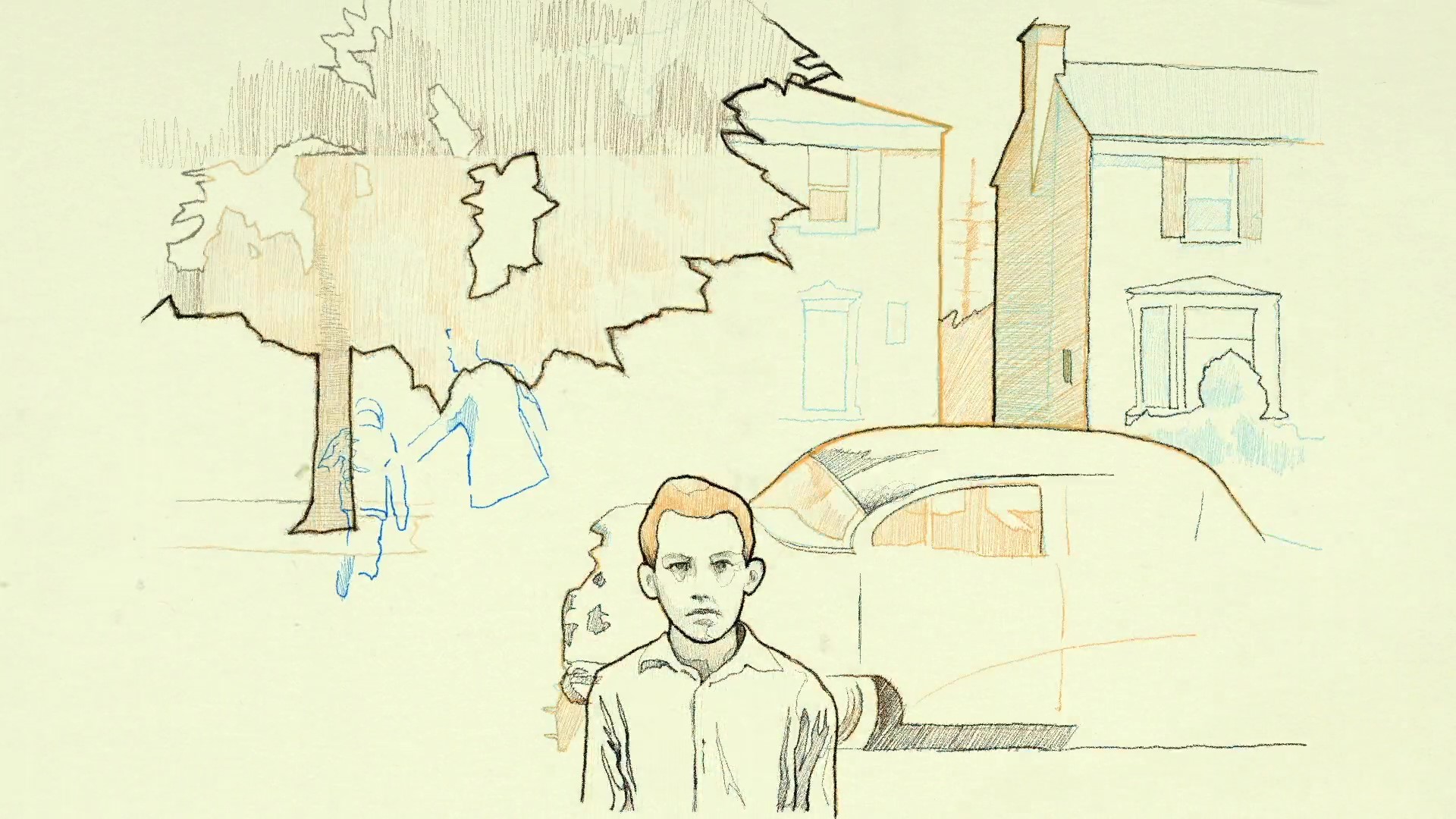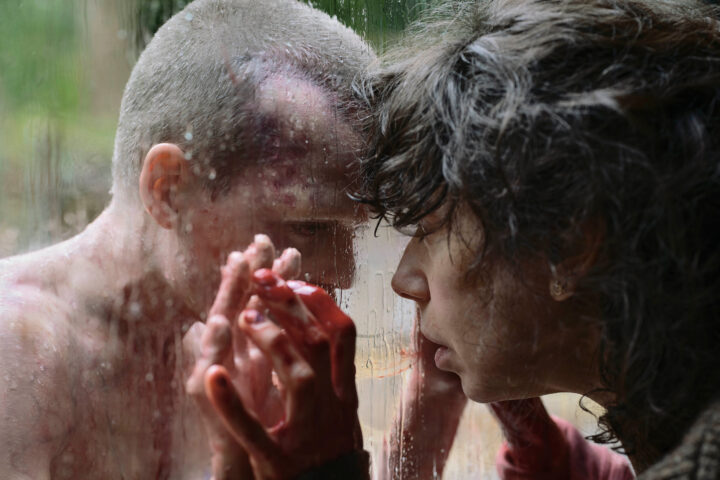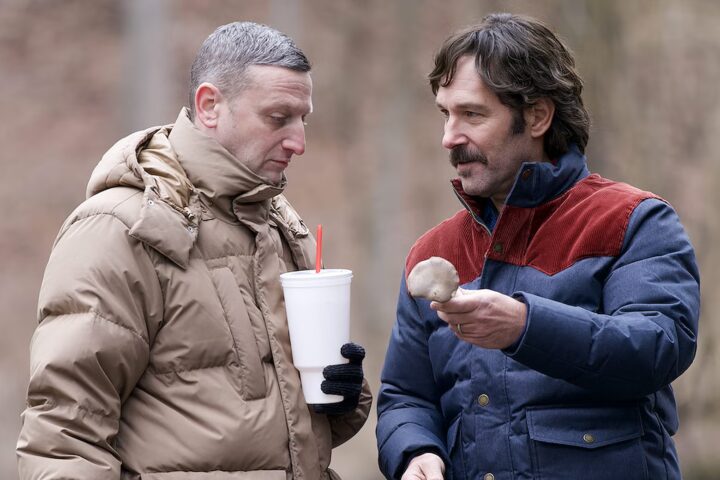As an excavation of a place, time and a personal history, Roy’s World: Barry Gifford’s Chicago deconstructs Chicago poet and novelist Barry Gifford in an original movie portrait of the artist as a young man, told in a variety of forms, against a backdrop of the rough-hewn Windy City milieu of his earliest years.
Gifford famously wrote the novel Wild at Heart: The Story of Sailor and Lula, which filmmaker David Lynch turned into the 1990 Cannes Palm d’Or winner Wild at Heart, and subsequently collaborated with Lynch on the filmmaker’s Lost Highway, for which he wrote the screenplay.
But Chicago filmmaker Rob Christopher is not interested in telling us what we already know. In an offbeat exercise in mixed media shrewdly assembled into narrative, Christopher eschews standard biopic tropes in favor of an episodic and anecdotal memory trip told through cavalcade of exhaustive period archival footage, personal photos and animation depicting an adolescent, and a city, in transition. For Chicagoans, the picture is essential in its view of faded, long-gone Americana.
Working from the author’s compendium of brief tales The Roy Stories, Christopher takes a deep dive into Chicago circa 1950s and 1960s, the urban jungle of Gifford’s childhood, lovingly reanimated with footage of its now-replaced cityscapes once filled with neon Loop theaters, neighborhood watering holes, classic architecture and gritty, outlying enclaves (which remain so today).
Narrated by Willem Dafoe (who memorably played one of Gifford’s notorious creations in Lynch’s Wild at Heart), Lili Taylor and Matt Dillon (with whom Gifford collaborated on the City of Ghosts screenplay), the picture opens with Gifford born one Barry Stein in Chicago’s downtown Seneca Hotel, the son of a beautiful Texas model mother and a Jewish father who, while he was involved in organized crime, also became a Chicago Avenue pharmacist primarily so he could write “scripts” as a bootlegging mafia operative.
Named after a “gay maître d’ at the Belden Stratford hotel,” future scribe Gifford led a latchkey life on Chicago’s streets, his father dying while he was a young teen and mother suffering a string of bad marriages and health problems. Left to his own devices, this hard-luck city kid, as the stories go, led a thorny but vital young life of urban discovery.
If his early years were filled with intrigue around a father (who barely spoke to him for the first several years) whose business dealings found young Barry shuttled around to New York, Cuba and other exotic destinations, his adolescent and teen years were spent in downtown Chicago performing odd jobs, hanging out in movie theaters (where he’d sometimes see three pictures a day) and chasing girls from the Loop to the Rosehill Cemetery, uptown to downtown, always with an eye on the next chapter. While Chicago was his launching pad Gifford knew it would not remain home.
Deploying a striking combination of old film footage, animation and a compendium of historic imagery scored to jazz music (courtesy of Jason Adasiewicz) enlivened by three terrific actors reading Gifford’s prose, Christopher avoids mawkish reflections (a pitfall of films about childhood memory) across the absorbing vignettes that comprise his picture, a sort of free-flowing manner of storytelling powerfully evoking a bygone era.
Co-produced by Chicago filmmaker Michael Glover Smith (Mercury in Retrograde, Rendezvous in Chicago), Christopher’s concentrated 75-minute picture offers an original view of an artist emerging amidst a gritty locale, an atmospheric evocation of a great American city and a tribute to Gifford’s diamond-hard, poetic observations on the place that made him—and many of us.
3 stars.



